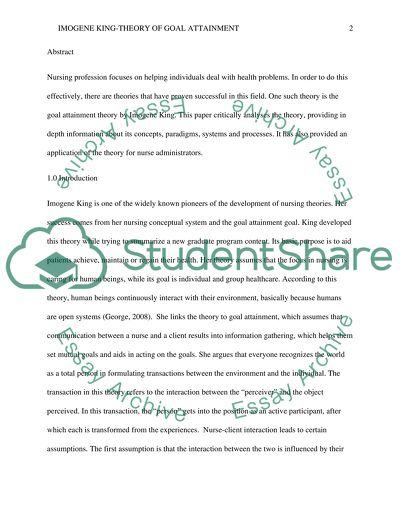Cite this document
(“Imogene King Theory of Goal Attainment Assignment”, n.d.)
Retrieved de https://studentshare.org/nursing/1437891-critical-analysis-of-a-nursing-theorist
Retrieved de https://studentshare.org/nursing/1437891-critical-analysis-of-a-nursing-theorist
(Imogene King Theory of Goal Attainment Assignment)
https://studentshare.org/nursing/1437891-critical-analysis-of-a-nursing-theorist.
https://studentshare.org/nursing/1437891-critical-analysis-of-a-nursing-theorist.
“Imogene King Theory of Goal Attainment Assignment”, n.d. https://studentshare.org/nursing/1437891-critical-analysis-of-a-nursing-theorist.


